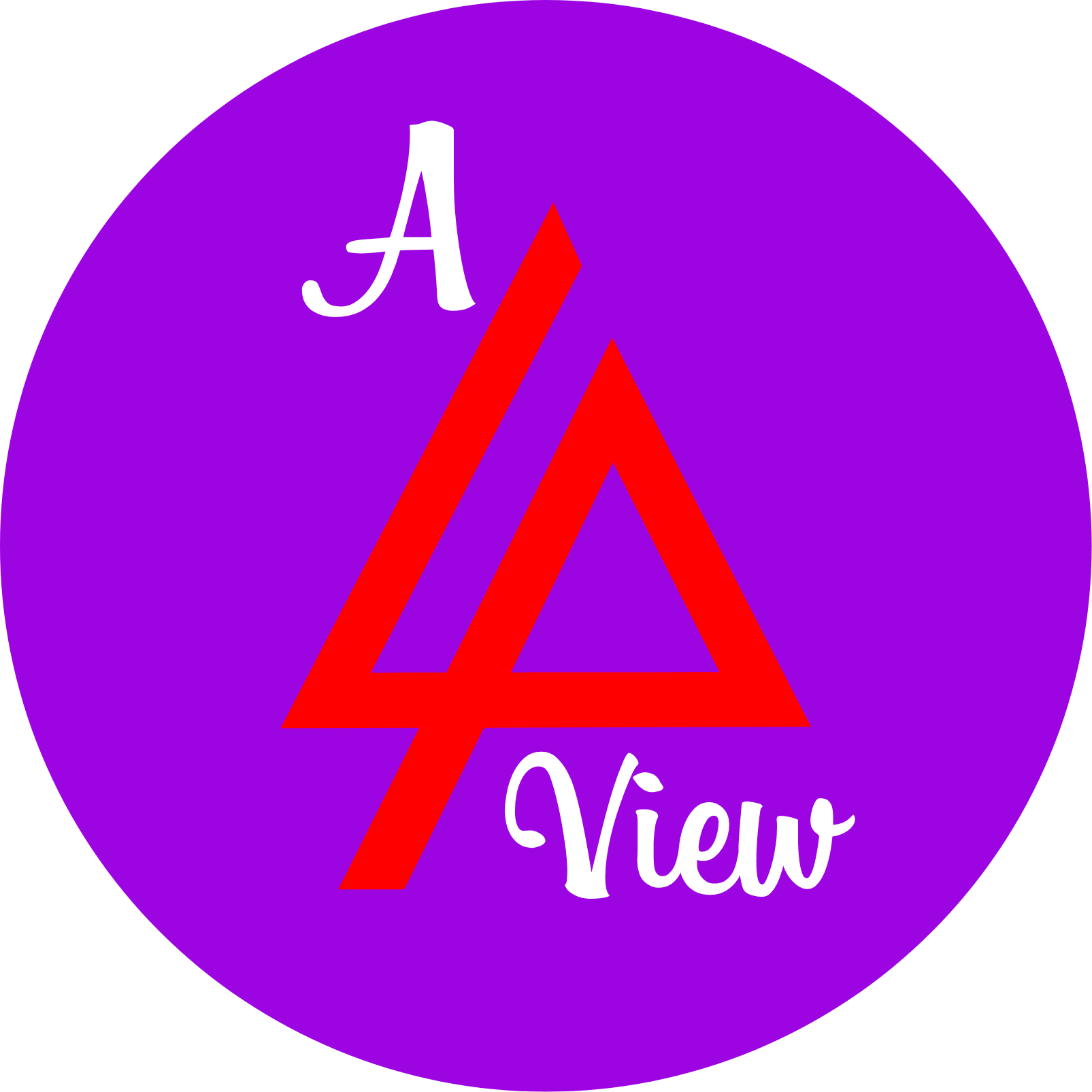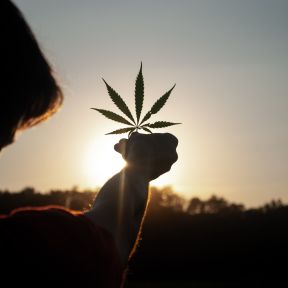Drugs and Religious Life. How humans and animals have been seeking altered states for millennia. Reviewed by Monica Vilhauer

KEY POINTS-
- Humans have been using drugs for a long, long time.
- Signs of the high life in the animal kingdom go way beyond cats and their catnip.
- Perhaps the desire to consume psychoactive substances is a natural part of what it means to be human.
The consumption of powerful psychoactive drugs is a feature of other species beyond humans. Psychopharmacologist Ronald Siegel most famously raised public and scientific awareness of the unmistakable fact that animals seek out intoxicating substances in his 1989 book, Intoxication: The Universal Drive for Mind-Altering Substances.
Signs of the high life in the animal kingdom go way beyond cats and their catnip. Birds and bees, elephants, bighorn sheep, and a range of other species provide examples of animals in the wild finding and returning again and again—religiously, you might say—to substances that are dangerous but have appealing intoxicating effects.
Desire or addiction? Passion or pleasure-seeking? What drives other species back to well-known sources of disorientation, behavioral modification, stupefaction, and a variety of subtle and more dramatic alterations of their participation in the world?
The evidence appears quite overwhelming that there is, indeed, a universal drive for intoxication via psychoactive substances—a fourth drive along with those directed toward sex, food, and water, according to Siegal. Going further, he suggests that “Our nervous system, like those of rodents and primates, is arranged to respond to chemical intoxicants in much the same way it responds to rewards of food, drink, and sex.” (10)
Whatever evolutionary value being drugged may have had in the larger scheme of organic life, animals seeking out powerful natural substances that impact their everyday routines and behavior is quite remarkable. The circumstances of these temporary variations and the experiences the substances induce, whether they seem euphoric and tied to collective actions or more soporific and connected with solitary forms of activity, appear to be valuable, compelling, and fulfilling in some way.
At some point, of course, through accidental discovery, mimicry, or perhaps as the result of other forces at work, early humans similarly began to see psychoactive plants and fungi as valuable, compelling, and fulfilling in some way. Some would say the course of human evolution took on a different trajectory as a result of what appears to be a primal appetite for drugs.
Why Alter Consciousness Religiously?
But there is more, much more to human drug use than instincts and drives, and the archaeological record seems quite overwhelming in linking psychoactive drugs in the natural world to ancient religious rituals and outlooks.
While precise and definitive dating is unlikely, the main point remains precise and definitive: Humans have been using drugs for a long, long, long time. How did the drive to alter consciousness lead our prehistoric ancestors to these plants and fungi? And why did they continue to use them over and over?
It would be easy to project our own desires when we ingest psychoactive materials onto them: to battle depression and escape the drudgery and chaos of everyday life; to heal wounds both physical and mental; to get high and feel good; to self-medicate; to increase focus and concentration in order to function effectively throughout the day; to enhance performance; to sleep peacefully.
On the other hand, we moderns have been transformed as a result of evolution, and the societies we live in which give rise to these desires and needs are nothing at all like prehistoric worlds thousands and thousands of years ago, right? We have doctors, psychiatrists, budtenders, dealers, pharmacists and the internet to offer prescriptions about the right drugs to take and what to expect after ingestion. Drugs in the ancient world, you might be thinking, are related to more basic issues of survival, more elemental and simplistic ideas about the natural world than the superior and widely available knowledge we have now about plants and bodies, planets and chemicals.
It might not be surprising to learn that a great deal of the accumulated evidence about why humans used drugs in prehistory points to one of the most elementary but critical driving forces in human evolution: to fuel the religious imagination and establish social ties and collective identities.
In one of the more recent archaeological discoveries of direct evidence for drug use in the Bronze Age (roughly 3,000 years ago), excavations at a funeral site in the western Mediterranean turned up human hair samples that contained psychoactive compounds including ephedrine, atropine, and scopolamine, all of which are produced by a variety of plant species (mandrake, henbane, and joint pine in particular in this case). Some of these compounds are stimulants, like ephedrine, and others can produce powerful hallucinations, delirium, and out-of-body experiences.
After a careful analysis of the site, the archaeologists published a study that came to some interesting conclusions. First, given the potential dangers associated with these drug plants, someone with very expert knowledge about them must have been involved in their production and distribution. Second, it is likely that this individual was a shaman, and the funerary rituals expressed certain shamanistic cultural elements, like the images of concentric circles that were found on some of the tubes holding the locks of dyed hair. And third, the authors speculate that the ceremonies represent a religious ritual and purpose, focused on re-establishing a new social order. (Scientific Reports)
The lead author on this study, Elisa Guerra-Doce, has written extensively on drug plants and fermented beverages in prehistory. In one published overview of the global archaeological evidence of psychoactive substances in prehistoric societies, Guerra-Doce remarks on the strikingly pervasive connections between psychoactive compounds and religious imaginings and rituals, suggesting that their integration into ritual life signaled religious value and purposefulness. She also notes that these mind-altering substances could be used in a variety of ways, including as food stuff or for healing, a more capacious notion in these ancient contexts that encompassed much more than treating physical ailments. The main takeaway here is that the religious impact and incorporation of mind-altering substances across continents is a feature of the earliest human experiences of being drugged. (Guerra-Doce)
Sacred Drugs Today
What do these animalistic and ancient roots of human interaction with drugs tell us about the contemporary landscape where psychoactive drugs are ubiquitous? Here are a few preliminary observations:
First, it would be wise to acknowledge that the desire to consume psychoactive substances and alter consciousness, from the most subtle modifications to flat-out hallucinations, is a perfectly natural part of what it means to be human. Across the world, thousands of years ago, shamans seemed to understand both the medicinal and existential value of psychoactive plants. Like us, humans from thousands of years ago inhabited bodies that experienced pain and suffering as well as pleasure and euphoria; they also had to face death, to seek to understand the reality and finality of death, when bodies disintegrate. The use of drugs in these and other instances of community life was not universal and everywhere in prehistory, but it was not uncommon either.
Second, without getting preachy, the religious, dare I say sacred, value of drugs is everywhere in the archaeological records. Religious values and actions are centrally and intimately interconnected with human drug consumption, inspiring visions of the afterlife, rituals that tie people together in their everyday worlds, and healing ceremonies combining natural and supernatural forces for the good of the individual, the community, and the cosmos. This is not to say that all intoxicating plants and fungi were always religious everywhere in prehistory. Yet so much of the historical and scientific evidence strongly suggests a religious component to their ancient usage. This religious component resonates throughout history.
Finally, the past is present today and even in the modern context, these same interconnections between drug intake and religious life are hard to dismiss. Coffee rituals in the morning? Or perhaps some psychedelic-assisted therapy? Do those anti-depressants do religious work? Surely, having some tequila shots with friends has no religious value, right? How does cannabis heal? Why do we turn to morphine at the end of life? There is so much more to the prevalence of drugs in America than their purported recreational or medicinal values.
- Questions and Answers
- Opinion
- Motivational and Inspiring Story
- Technology
- Live and Let live
- Focus
- Geopolitics
- Military-Arms/Equipment
- Security
- Economy
- Beasts of Nations
- Machine Tools-The “Mother Industry”
- Art
- Causes
- Crafts
- Dance
- Drinks
- Film/Movie
- Fitness
- Food
- Games
- Gardening
- Health
- Home
- Literature
- Music
- Networking
- Other
- Party
- Religion
- Shopping
- Sports
- Theater
- Health and Wellness
- News
- Culture


